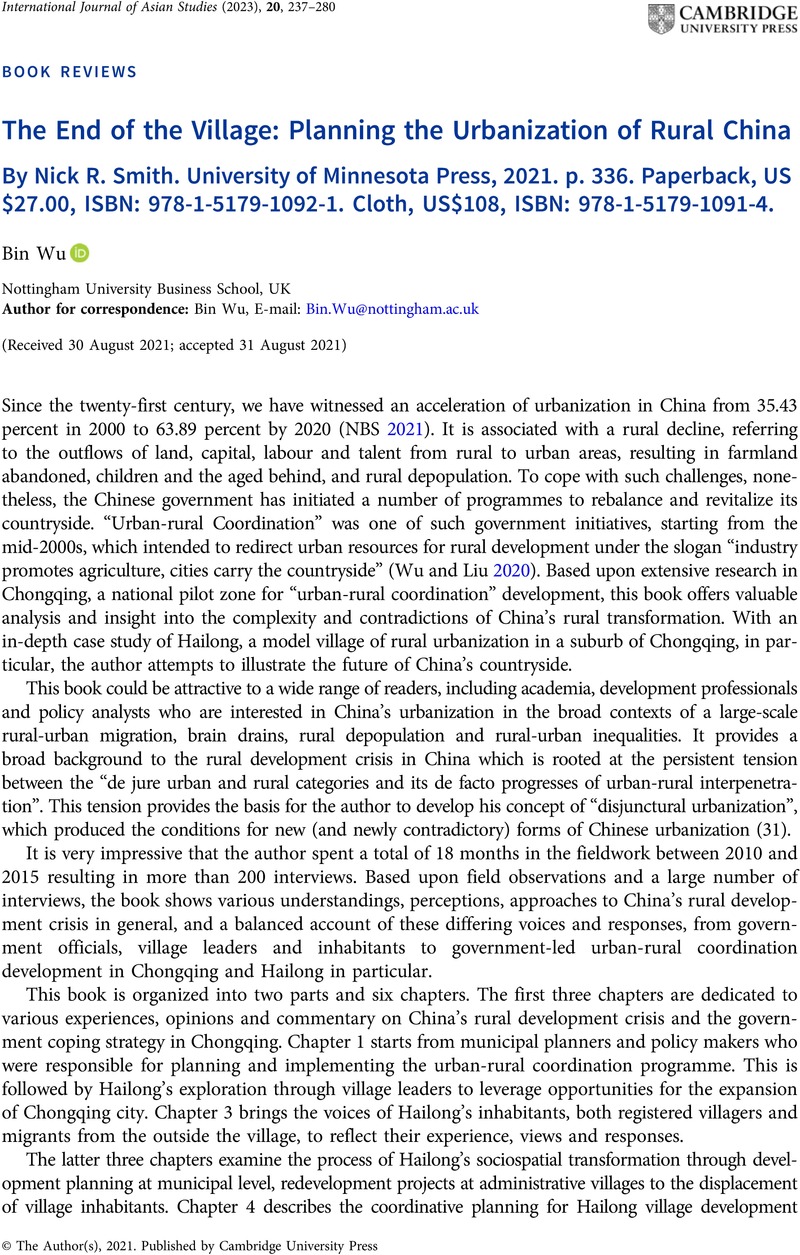Wu, Bin,
Bi, Wu,
Fu, Xinhong,
Wang, Xiyao,
Shemei, Zhang,
Qi, Gubo,
Ding, Zhao,
Geng, Baojiang,
Wang, Yi,
Shen, Yun and
Liu, Yuying (
2020).
Cooperative Ecosystem to Empower Small Farmers in the Poor Areas of China: Case Studies of Sichuan, A Report of UoN-GCRF Pilot Project, Nottingham: Nottingham University Business School. Available at
https://blogs.nottingham.ac.uk/ingenuitylab/files/2020/12/GCRF-Project-Report_FINAL-December_2020.pdf.
Google Scholar 